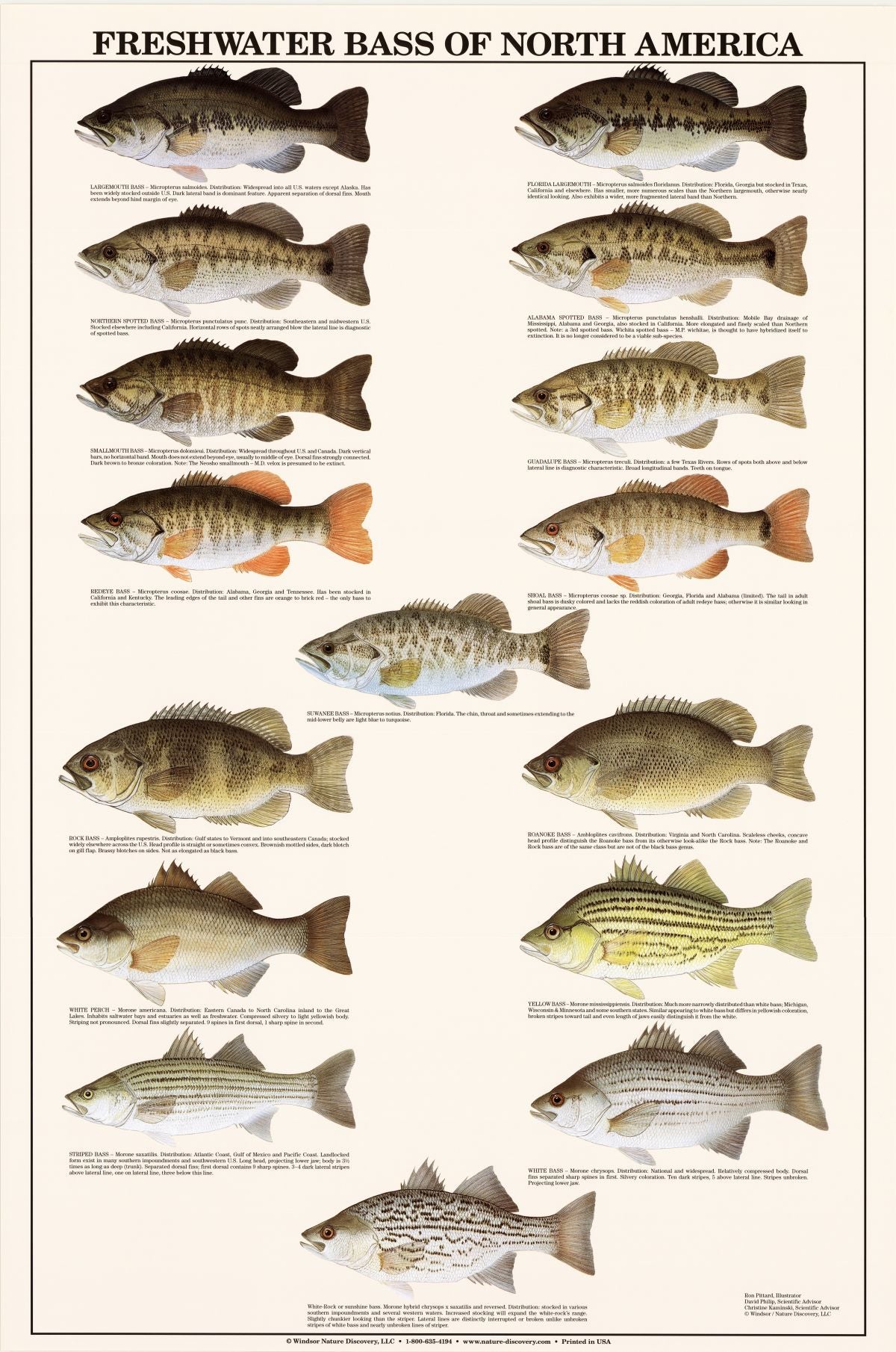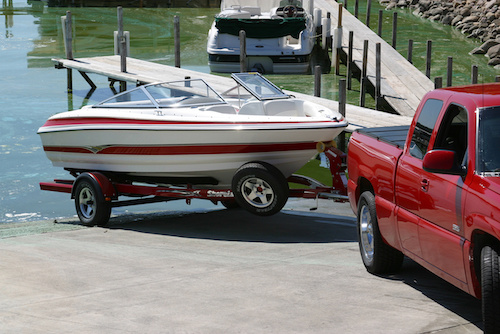White Perch: Master Identification and Catching Techniques
White perch are popular among anglers. They are known for their tasty flesh and feisty nature.
White perch are small, silver fish found in freshwater and coastal areas. Identifying them and knowing how to catch them can make your fishing trips more successful. In this guide, you’ll learn the key features of white perch and get practical tips for catching them.
Whether you’re a beginner or an experienced angler, understanding these aspects will enhance your fishing experience. Get ready to discover the secrets of white perch and improve your fishing skills.
Introduction To White Perch
White perch are fascinating fish that attract many fishing enthusiasts. They are not only fun to catch but also delicious to eat. Whether you are a seasoned angler or a beginner, understanding white perch can enhance your fishing experience.
Appearance And Characteristics
White perch have a distinctive appearance that makes them easy to identify. They have a silver body with a hint of green. Their scales are smooth and closely packed. The dorsal fins are spiny and stand out prominently. Their average size ranges from 7 to 12 inches. They have a slightly forked tail and a streamlined body.
Habitat And Distribution
White perch thrive in various water bodies. They are commonly found in freshwater lakes, rivers, and estuaries. They prefer calm and slow-moving waters. You can often find them near underwater structures. These fish are native to the Atlantic coast of North America. They are abundant in the Great Lakes and along the Mississippi River. White perch are adaptable and can live in both freshwater and brackish water.

Credit: www.chartingnature.com
Identifying White Perch
Identifying White Perch is essential for any fishing enthusiast. These fish are known for their distinctive features and behavior. Learning to identify them can enhance your fishing experience. In this section, we will explore the physical traits and behavioral patterns of White Perch.
Physical Traits
White Perch have silver bodies with a greenish tinge. Their sides are typically lighter, almost white. These fish usually grow up to 10-12 inches in length. They have a slightly humped back, giving them a unique profile. Their dorsal fins are spiny and sharp, which helps in identification. The scales on White Perch are rough to touch and provide protection.
Behavioral Patterns
White Perch are often found in brackish waters. They prefer slow-moving rivers and estuaries. These fish are active during dawn and dusk. White Perch are schooling fish, meaning they move in groups. They feed on small fish, insects, and crustaceans. Their feeding habits make them easier to catch during early morning or late evening.
Best Seasons For Catching
To increase your chances of catching White Perch, it’s crucial to know the best seasons. White Perch change their behavior with the seasons, affecting how and where you catch them. This guide will help you understand the best times to fish for White Perch throughout the year.
Spring And Summer
Spring is an excellent time to catch White Perch. During this season, they move to shallow waters to spawn. Look for them near river mouths, shallow bays, and estuaries. Use small jigs or live bait to attract them.
In the summer, White Perch stay in deeper waters to escape the heat. Focus on fishing in deeper lakes and reservoirs. Early morning or late evening hours are the most productive. Use light tackle and small lures for the best results.
Fall And Winter
Fall offers a great opportunity to catch White Perch. They return to shallower waters as the temperature cools. Look for them near shorelines and underwater structures. Use spinners or small crankbaits to increase your catch rate.
Winter fishing for White Perch can be challenging but rewarding. They gather in deeper, warmer waters during this season. Ice fishing is popular in winter. Use small jigs tipped with worms or minnows. Fish slowly to match their sluggish movements.
Effective Fishing Gear
Choosing the right fishing gear can make a big difference. White perch fishing requires specific tools for the best results. Using the correct gear helps you catch more fish with less effort. Below are essential items you need.
Rods And Reels
The ideal rod for white perch is light or ultralight. This type of rod offers better sensitivity. You can feel even the smallest bite. A medium action rod also works well. Pair your rod with a spinning reel. Spinning reels are easy to use and versatile. They provide smooth casting and retrieval.
Baits And Lures
Live baits like minnows and worms attract white perch. These baits mimic natural prey. Soft plastic lures are also effective. Choose small lures in bright colors. Jigs work well too. Use light jigs to match the white perch’s feeding habits.
Techniques For Shore Fishing
Shore fishing for White Perch can be an enjoyable experience. Using the right techniques can significantly increase your chances of a great catch. Whether you’re a beginner or an experienced angler, understanding the basics of casting methods and spot selection is key.
Casting Methods
Start with a simple, overhand cast. Hold the rod with both hands. Raise it behind your head. Swing it forward smoothly. Release the line as you swing. This method allows for longer casts. It covers more water. Try the sidearm cast for better accuracy. Keep the rod close to the water. Swing it horizontally. Release the line at the right moment. Practice both methods to find what works best for you.
Spot Selection
Choosing the right spot is crucial. White Perch prefer shallow waters. Look for areas with vegetation. They like hiding there. Rocky shores and docks are also good spots. The fish use these structures for shelter. Fish near these areas. Check the water temperature too. White Perch prefer cooler waters. Morning and evening are the best times to fish. The fish are more active then.
Boat Fishing Strategies
Boat fishing for White Perch offers a thrilling experience for anglers. Using the right strategies can make a significant difference. In this section, we discuss effective boat fishing strategies. These will help you maximize your catch.
Trolling Techniques
Trolling is a popular method for catching White Perch. Move your boat slowly across the water. Use lures that mimic small fish. These attract White Perch. Change the speed of your boat to find the most effective pace. Vary the depth of your lures too. This helps cover different water levels. Pay attention to your line. A slight tug may indicate a bite.
Anchoring Tips
Anchoring can be very effective for catching White Perch. Choose a spot near structures like rocks or submerged trees. These areas attract White Perch. Drop your anchor quietly to avoid scaring the fish. Cast your line close to the structure. Use live bait or jigs for better results. Be patient. White Perch often take their time before biting.
Handling And Releasing
Handling and releasing a White Perch properly ensures the fish’s survival and maintains the ecosystem. These steps can make a significant difference. Let’s explore the correct ways to handle and release White Perch.
Proper Handling
Proper handling of White Perch is crucial. Follow these steps:
- Wet your hands before touching the fish. This protects the fish’s skin.
- Hold the fish firmly but gently. Avoid squeezing.
- Use a landing net with soft, knotless mesh. This reduces injury.
- Remove hooks carefully. Use pliers or a hook remover tool.
Keep the fish in water while removing the hook. This helps the fish breathe.
Release Methods
Releasing White Perch correctly increases their chances of survival. Here are key methods:
- Place the fish back in the water gently.
- Support the fish until it swims away. Hold it upright and move it forward.
- Avoid releasing fish in extreme temperatures. Choose moderate water conditions.
- If the fish is exhausted, revive it by moving it back and forth in the water.
Releasing fish with care is essential. It ensures the species thrives and maintains the balance of the ecosystem.
| Action | Reason |
|---|---|
| Wet hands | Protects the fish’s skin |
| Use soft mesh net | Reduces injury |
| Remove hook carefully | Prevents damage |
| Release gently | Ensures fish survival |

Credit: www.ncwildlife.org
Cooking And Recipes
White Perch, a popular fish, can be identified by its silvery body and small, sharp dorsal fin. Catching White Perch involves using lightweight tackle and small bait. Patience is key.
White perch is not just fun to catch, it’s also delicious. This section will guide you through the best ways to prepare and cook your catch.Preparation Tips
Start by cleaning your white perch. Remove the scales using a fish scaler or the back of a knife. Rinse the fish under cold water to remove any remaining scales. Next, cut off the head and gut the fish by making a slit along the belly. Remove the entrails and rinse the cavity thoroughly. Pat the fish dry with paper towels. For filleting, lay the fish on a flat surface. Make a cut behind the gills down to the backbone. Follow the backbone with your knife to remove the fillet. Repeat on the other side. Remove any remaining bones with tweezers.Popular Recipes
One popular recipe is pan-fried white perch. Season the fillets with salt and pepper. Dredge in flour and shake off the excess. Heat oil in a skillet over medium heat. Fry the fillets for 3-4 minutes on each side until golden brown. Another favorite is baked white perch. Preheat your oven to 375°F (190°C). Place the fillets in a baking dish. Drizzle with olive oil and sprinkle with herbs like thyme or rosemary. Bake for 15-20 minutes until the fish flakes easily with a fork. For a healthy option, try grilling white perch. Brush the fillets with a mixture of olive oil, lemon juice, and garlic. Grill over medium heat for about 4 minutes on each side. Serve with a side of grilled vegetables for a complete meal. “`
Credit: www.eregulations.com
Frequently Asked Questions
What Is The Best Bait For White Perch?
The best bait for white perch includes worms, minnows, and small insects. These attract white perch effectively, enhancing your chances of a good catch.
How Can You Identify White Perch?
White perch can be identified by their silvery body, slightly compressed shape, and a single dorsal fin. They are usually 7-12 inches long.
Where Do White Perch Usually Live?
White perch typically inhabit freshwater lakes, rivers, and brackish coastal waters. They prefer shallow, slow-moving areas with plenty of vegetation.
When Is The Best Time To Catch White Perch?
The best time to catch white perch is during the early morning and late afternoon. They are more active during these periods.
Conclusion
Catching white perch can be an enjoyable experience. Knowing how to identify them is key. Use the tips shared for better results. Remember, patience and practice improve your skills. Enjoy the process and the catch. White perch are plentiful and fun to fish.
Now, grab your gear and start your adventure. Happy fishing!

